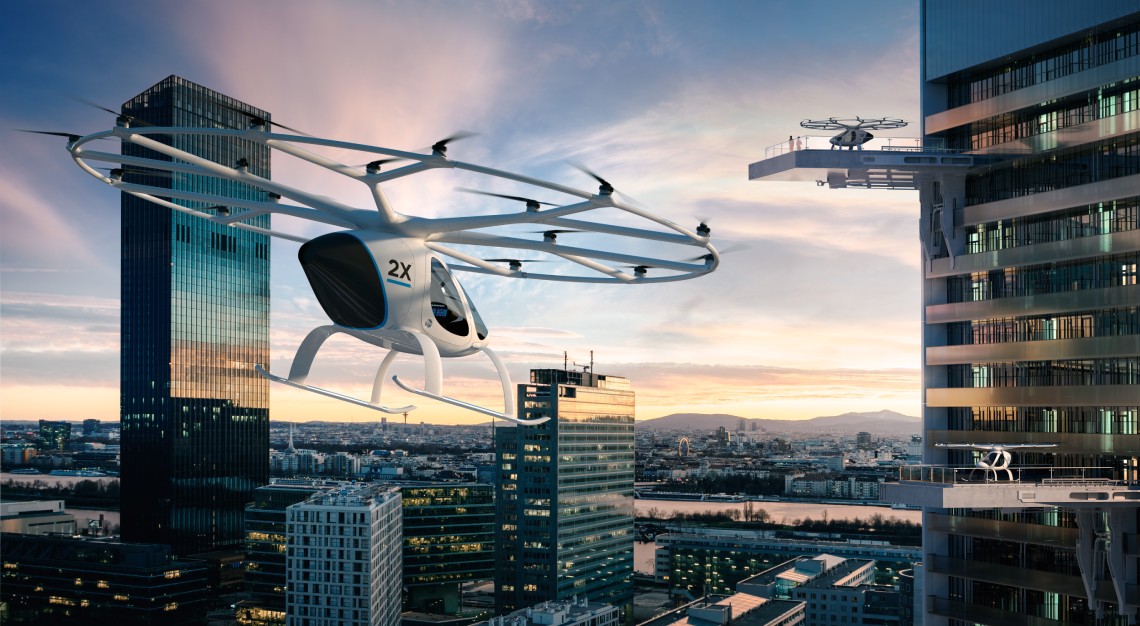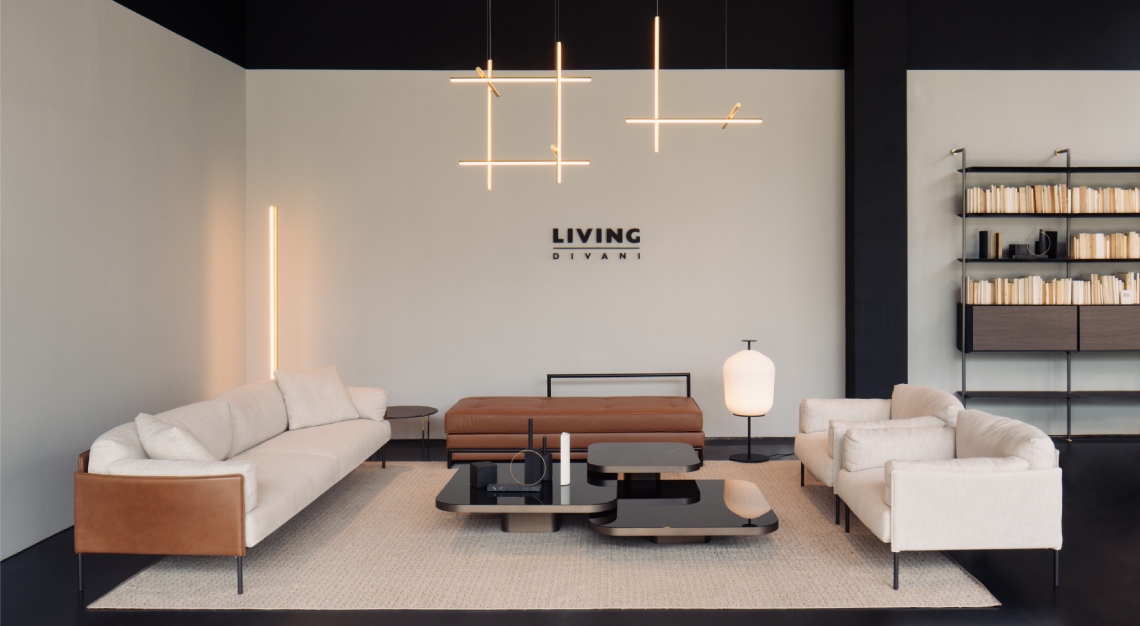Space Perspective’s slow trip into the firmament lasts six hours, compared to 11 minutes on other commercial space flights
A Florida company is now offering a different space-flight experience than the rocket-based trips from Blue Origin, Virgin Galactic and Space-X. Space Perspective said that last Friday’s successful launch of its space balloon, Neptune One, shows that another type of space travel is possible.
Unlike the aircraft-like capsule of the other commercial space firms, Neptune One will be more like a lounge, complete with WiFi, toilet and bar, that floats at 19.3km/hr into the stratosphere. The capsule can seat eight passengers and a pilot. “Everything is slow, gentle and comfortable,” says Jane Poynter, who founded the company with her husband, Taber McCallum. “You’re not blasting into space on top of a rocket, with the fury and vibrations that involves.”
The six-hour, 37-minute trip also contrasts to the 11-minute flights of the other rockets. So does the price: Space Perspective opened up ticket sales for the first commercial flights in 2024 for US$150,000 (S$201,615). Virgin Galactic initially planned to charge US$250,000 (S$336,025) for its first flights, but that number is expected to rise, while the third astronaut joining Jeff and Mark Bezos aboard the maiden July 2020 commercial Blue Origin flight paid US$28 million (S$37.63 million) for the seat.

Space Perspective plans to launch three flights per year, first from the Space Coast Spaceport in Titusville, Florida, and then at other locations around the US, and eventually internationally.
The balloon doesn’t go nearly as high as the other aircraft and technically not into space. It floats up to 30,480 metres, or about 30.6 kilometres, compared to the others which briefly cross the Kármán Line 100 kilometres above the earth. Researchers and scientists consider the Kármán Line the divider between Earth’s atmosphere and space. There, the tourist astronauts will experience weightlessness for several minutes, something that doesn’t happen on Space Perspective’s space balloon.
Poynter says the Neptune flight will be similar to the other trips. “The experience is indistinguishable from other commercial space-tourism flights,” she says. “You can see the full blackness of space and 724 kilometres in every direction on Earth – including all of Florida and into the Bahamas.” The actual time at 30,480 metres is nearly two hours, allowing plenty of time to enjoy the view.

The space balloon and capsule will have a pilot, but can be controlled remotely. It will land in the water, with a ship on hand to collect the passengers. The capsule will be used for multiple flights, while the balloon can only be used once.
Poynter and McCallum have been involved with researching and developing the technology behind space balloons for more than a decade. Neptune One’s launch from the Space Coast Spaceport on Friday was the first for a space balloon.
Several studies have forecasted that space tourism could become a US$250 to US$500 billion (S$336 to S$672 billion) industry. “You’re already beginning to see a whole eco-system develop, including companies focused on training and service and even a space travel agency,” says Poynter. “We’ve seen that demand ourselves – at one of our recent events, we sold 25 tickets within 25 minutes.”
This story was first published on Robb Report US






